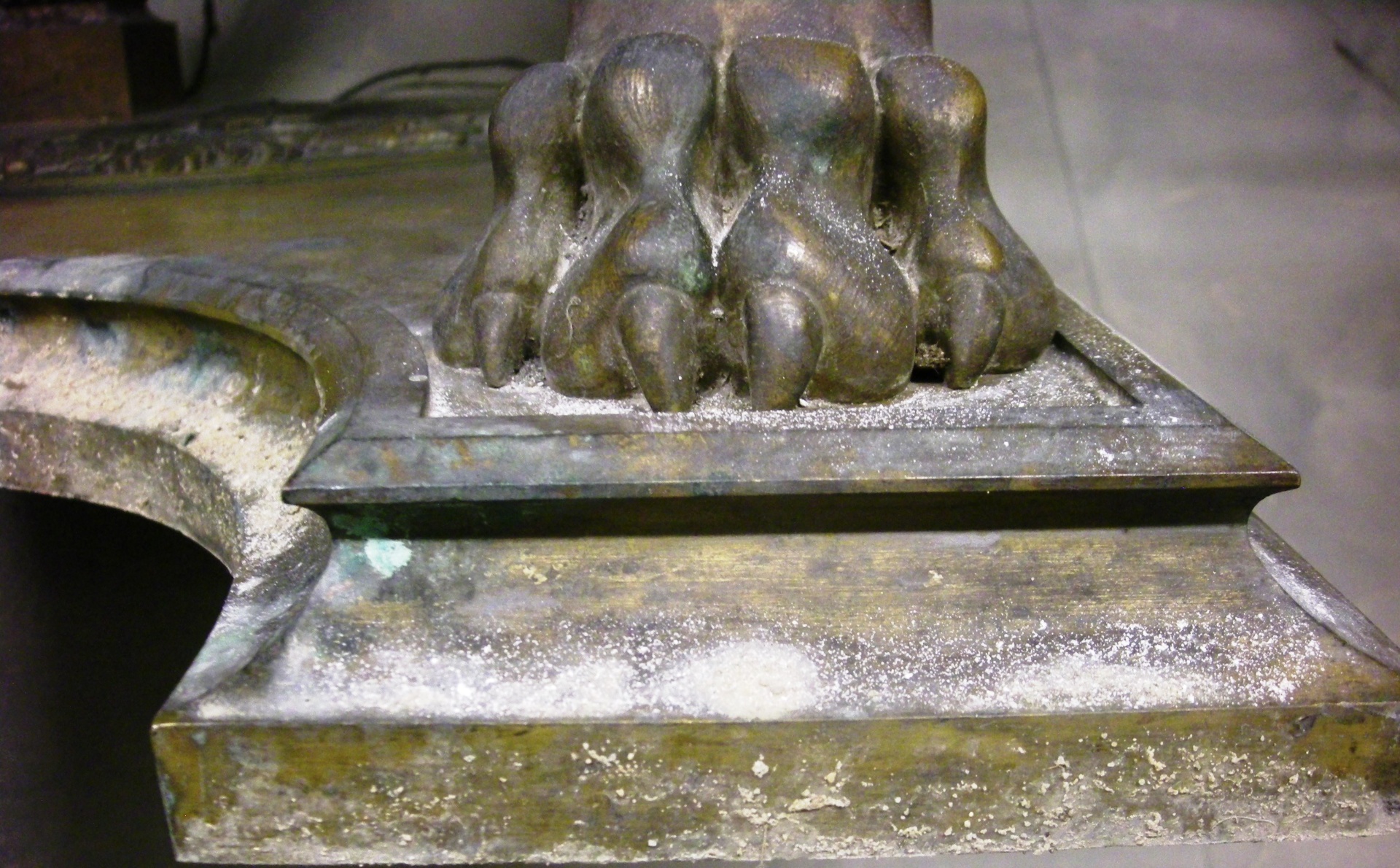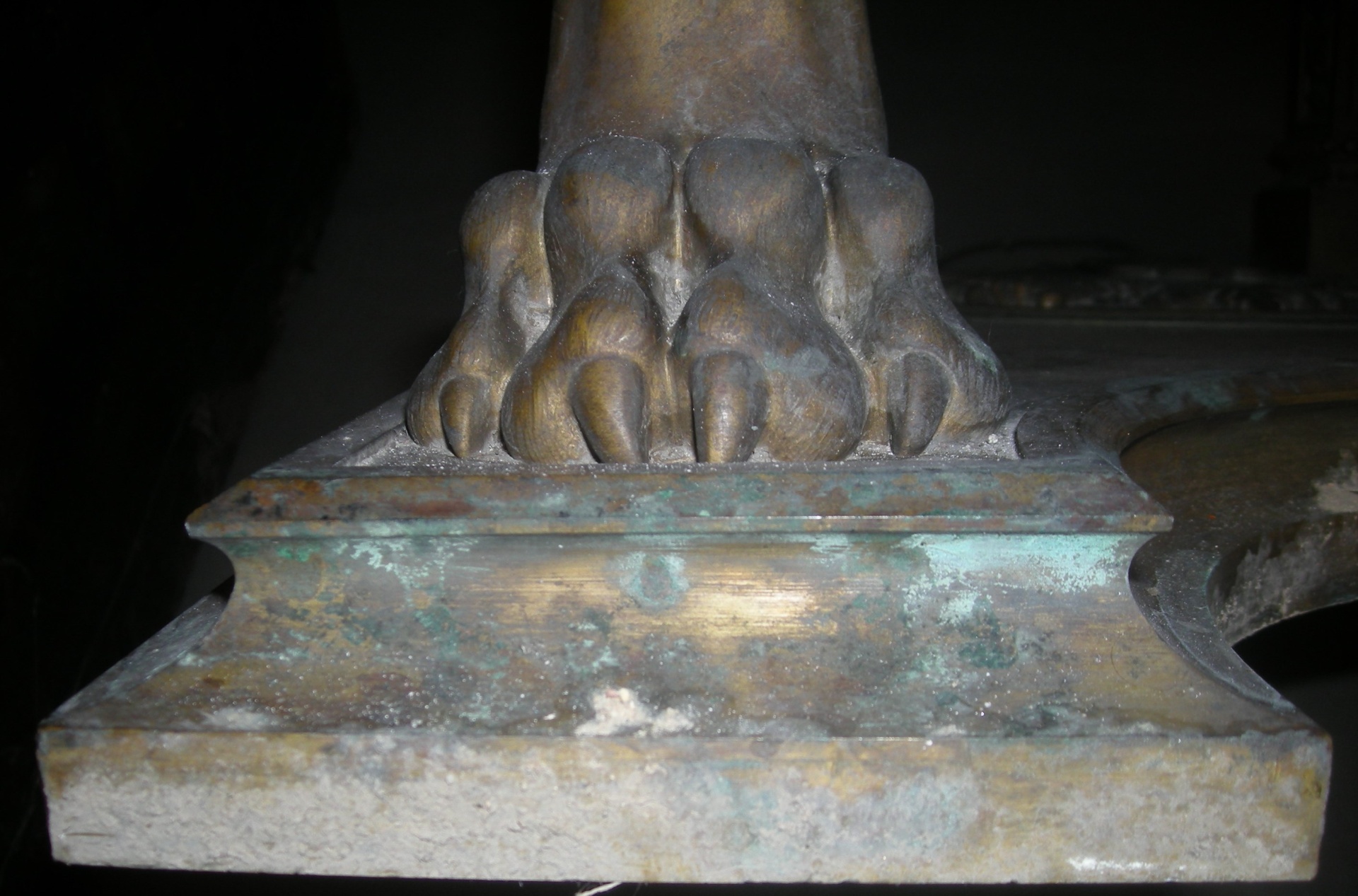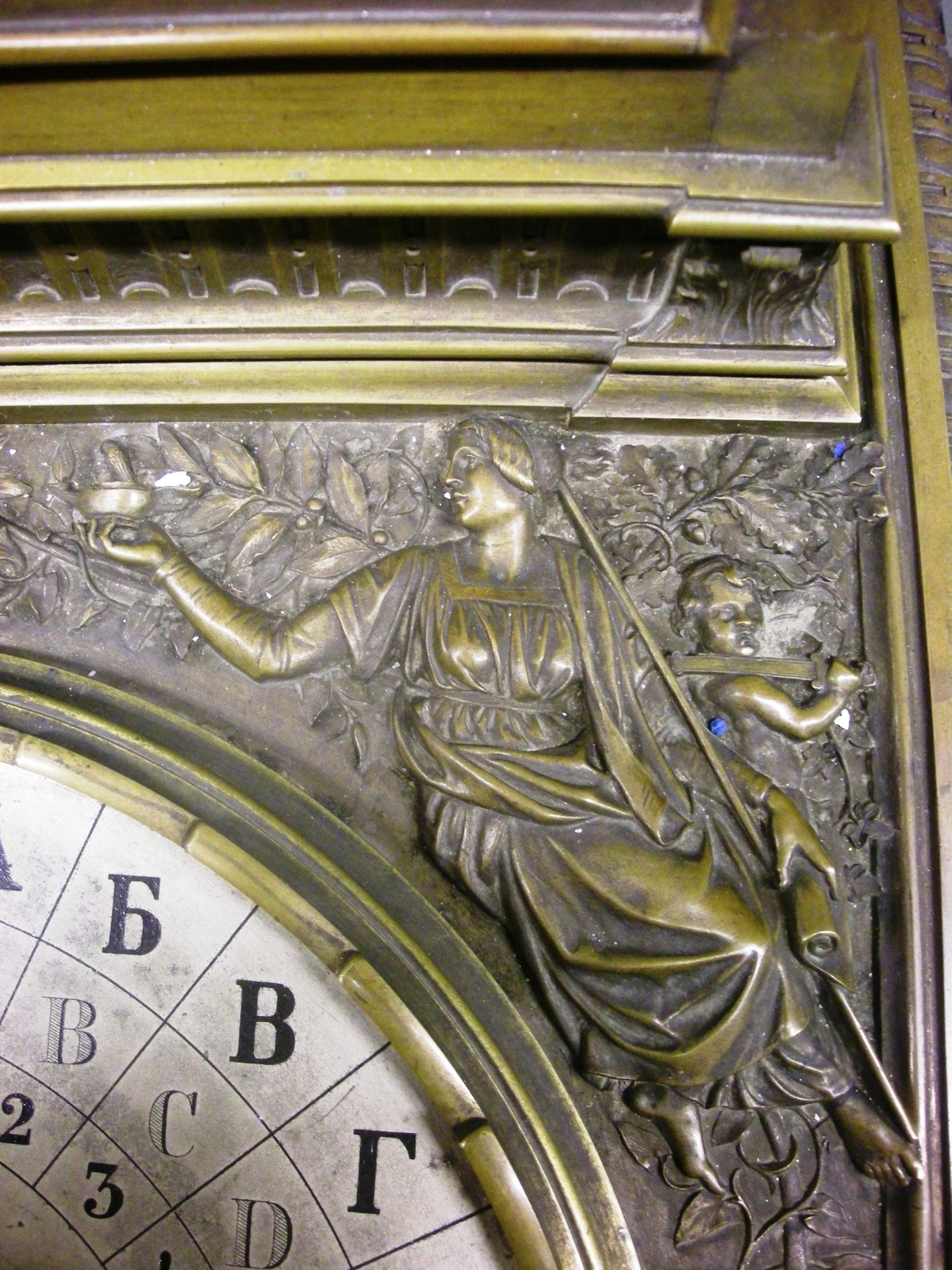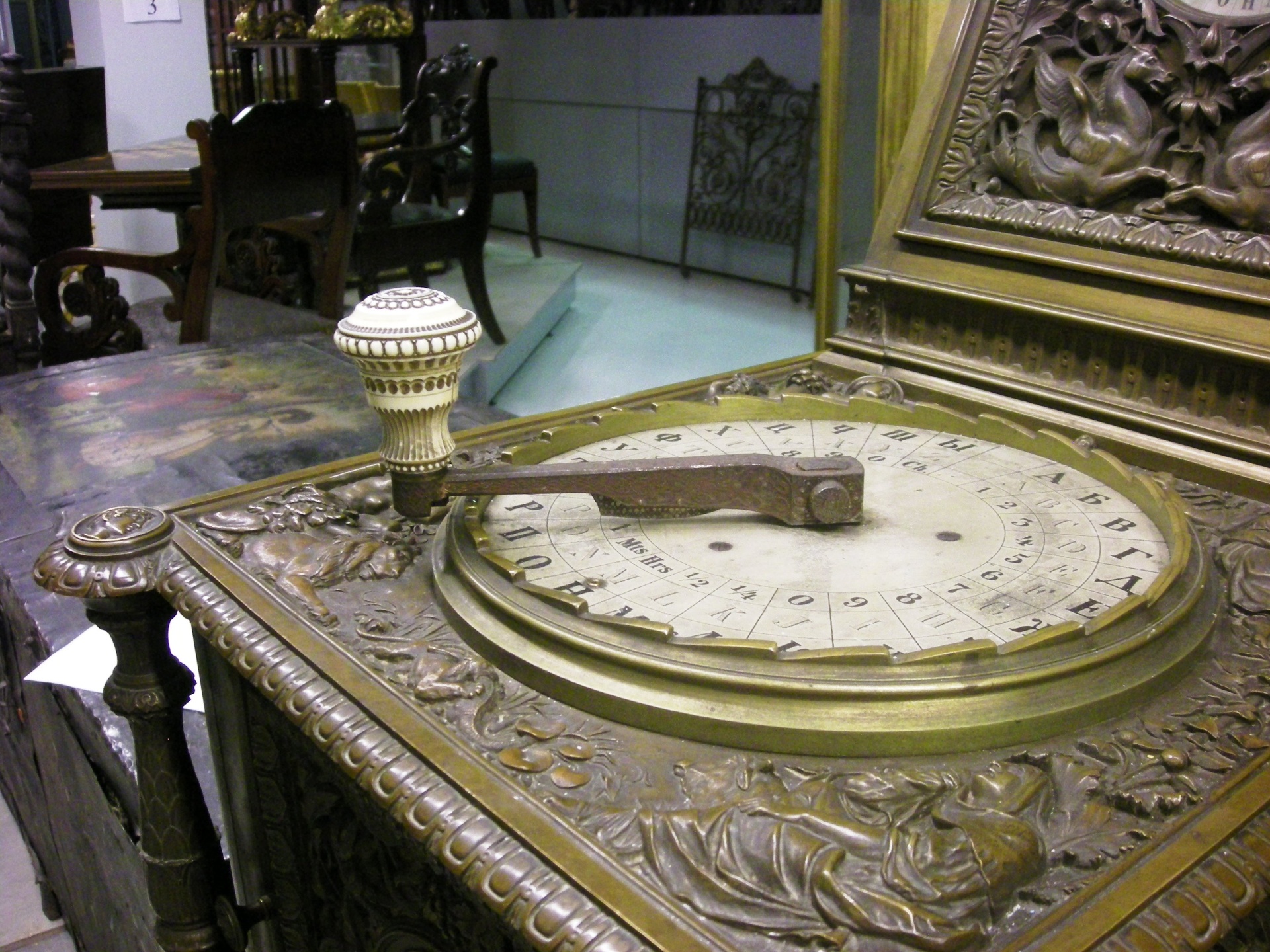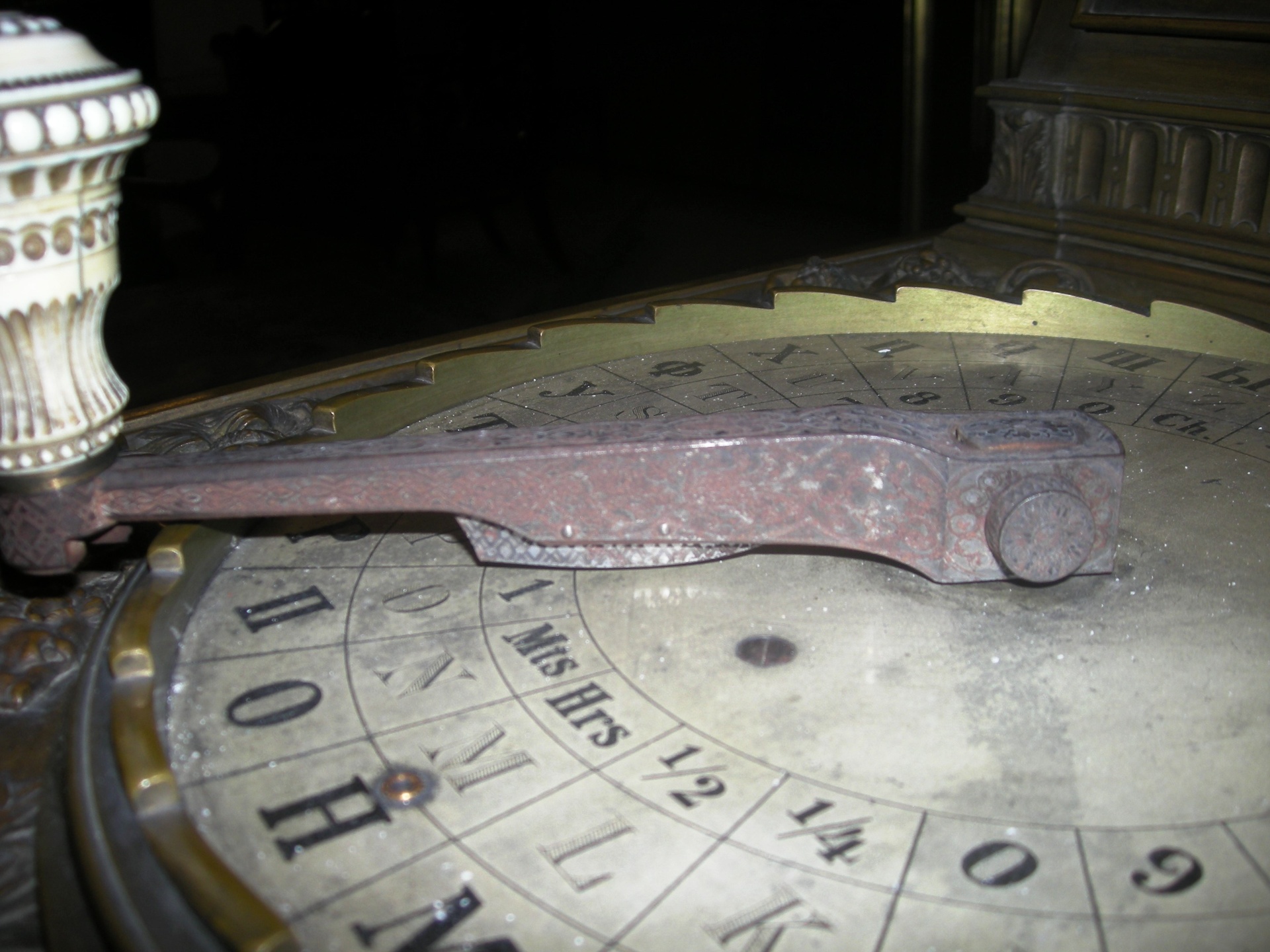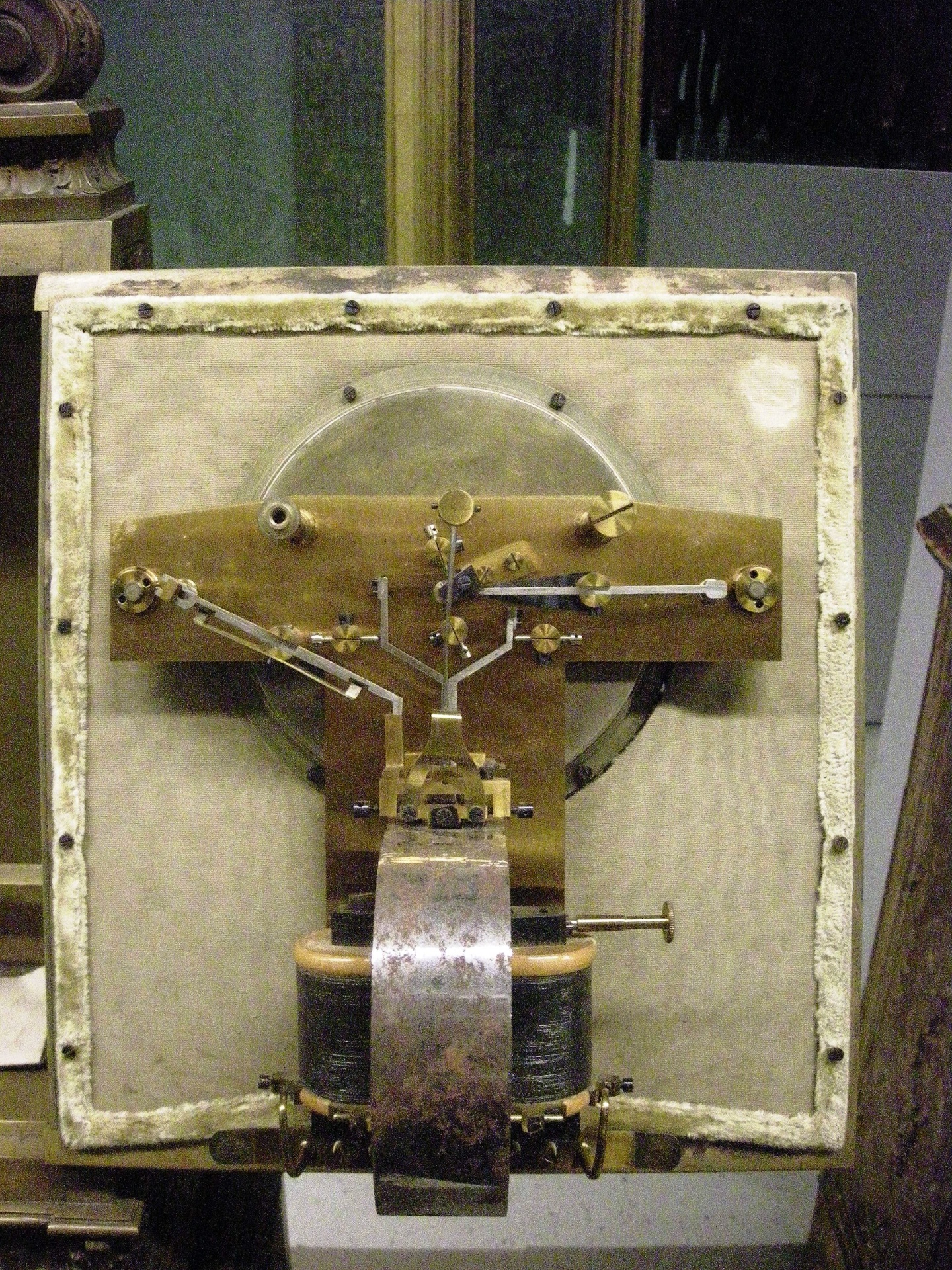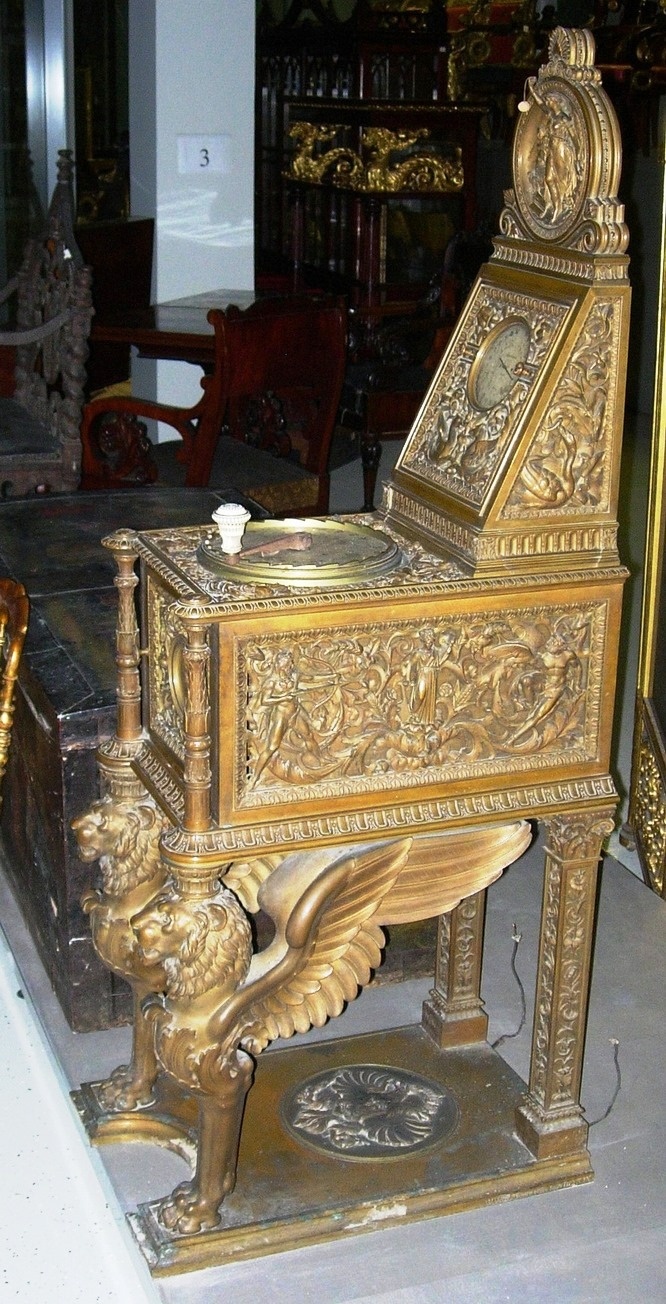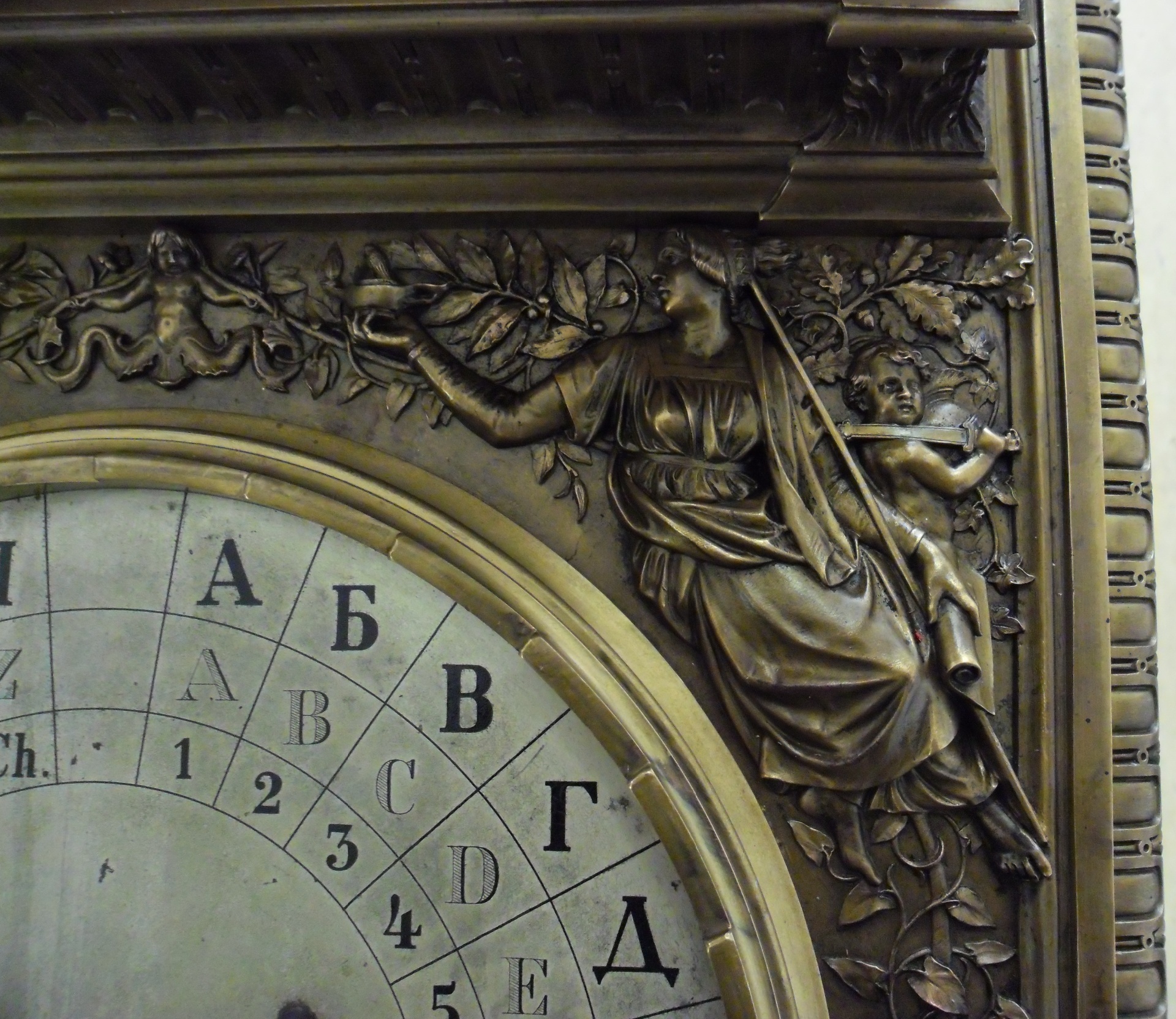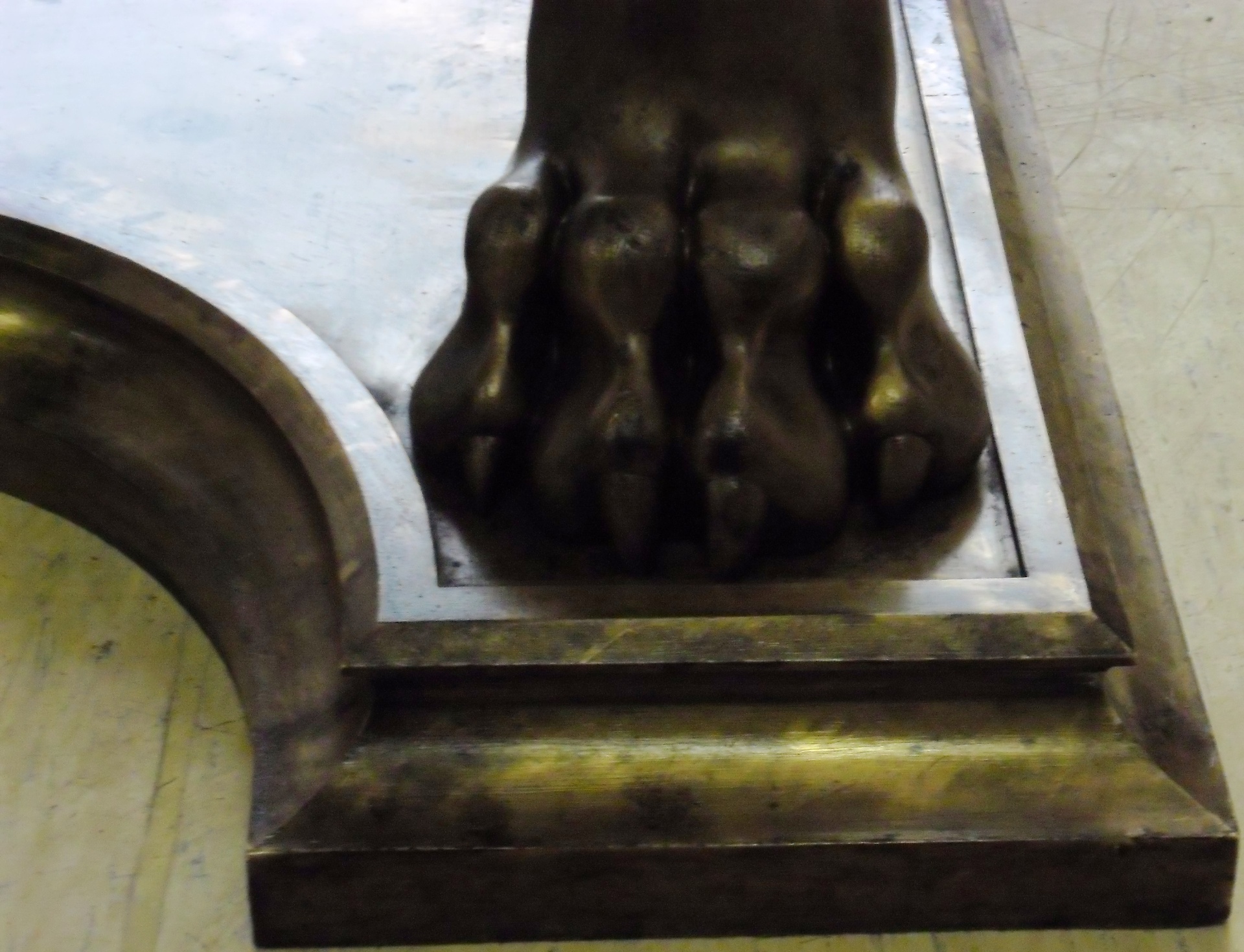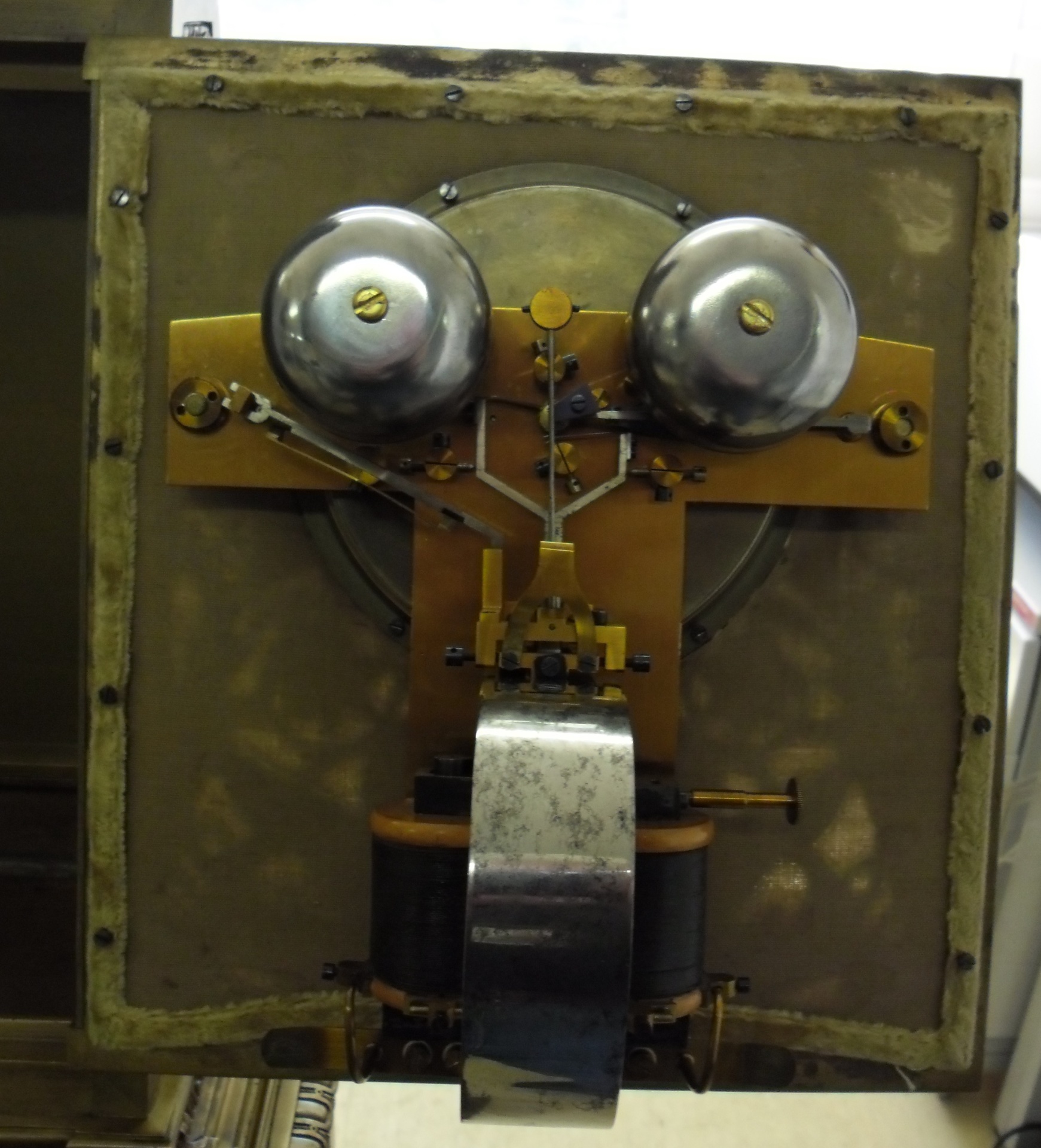Restoration of the Telegraph Apparatus of the XIX Century
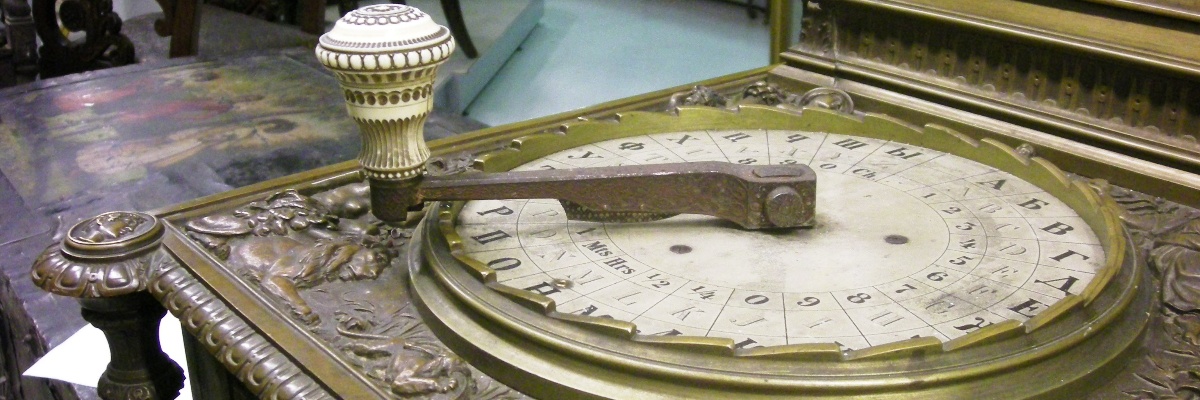
The telegraph apparatus made by the firm Siemens & Halske in Berlin in 1859 is unique due to its outstanding artistic and historical characteristics. The device was given an expensive showy finish as it was intended for the state rooms of the Winter Palace in St Petersburg. It is believed to have been located in the study of Emperor Alexander II (reigned 1855–1881), who may have used the telegraph personally for confidential communications.
The apparatus is embellished with bronze reliefs that tell the history of communications and electricity in an allegorical manner. Alongside the gods and heroes of classical mythology, there are also depictions of specific scientists and inventors – Alexander von Humboldt, Alessandro Volta, Carl Friedrich Gauss and Samuel Morse. The reliefs were created by the eminent Prussian sculptor Wilhelm Wolff (1816–1887), best known for his depictions of animals.
- 1 / 7
- 2 / 7
- 3 / 7
- 4 / 7
- 5 / 7
- 6 / 7
- 7 / 7
Before the restoration, the bronze surface was heavily soiled and there were crumbling areas where the metal had undergone intensive corrosion; the steel elements of the fastenings of the telegraph apparatus and the steel parts of the electrical mechanism also had many separate areas of intensive corrosion.
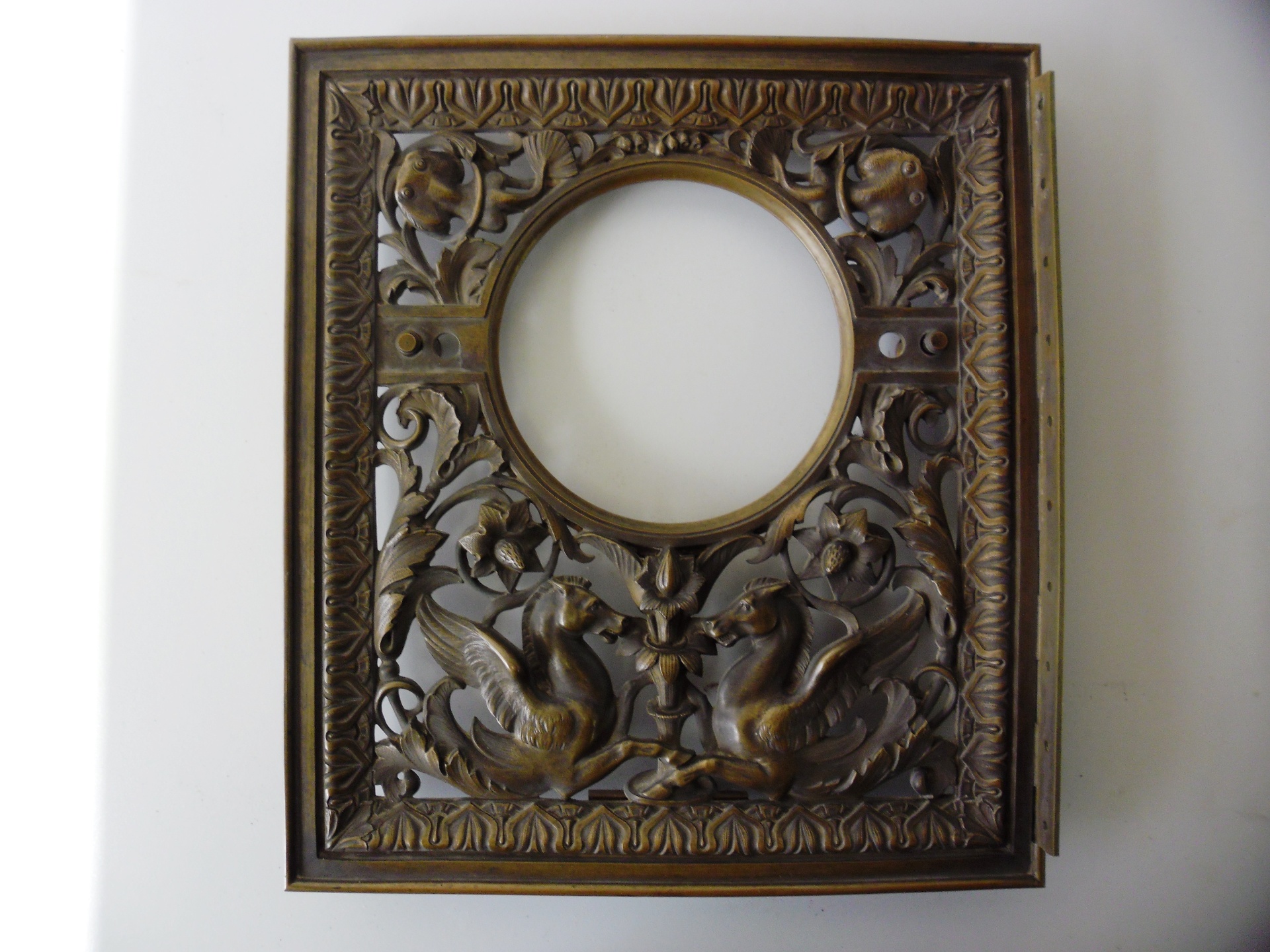
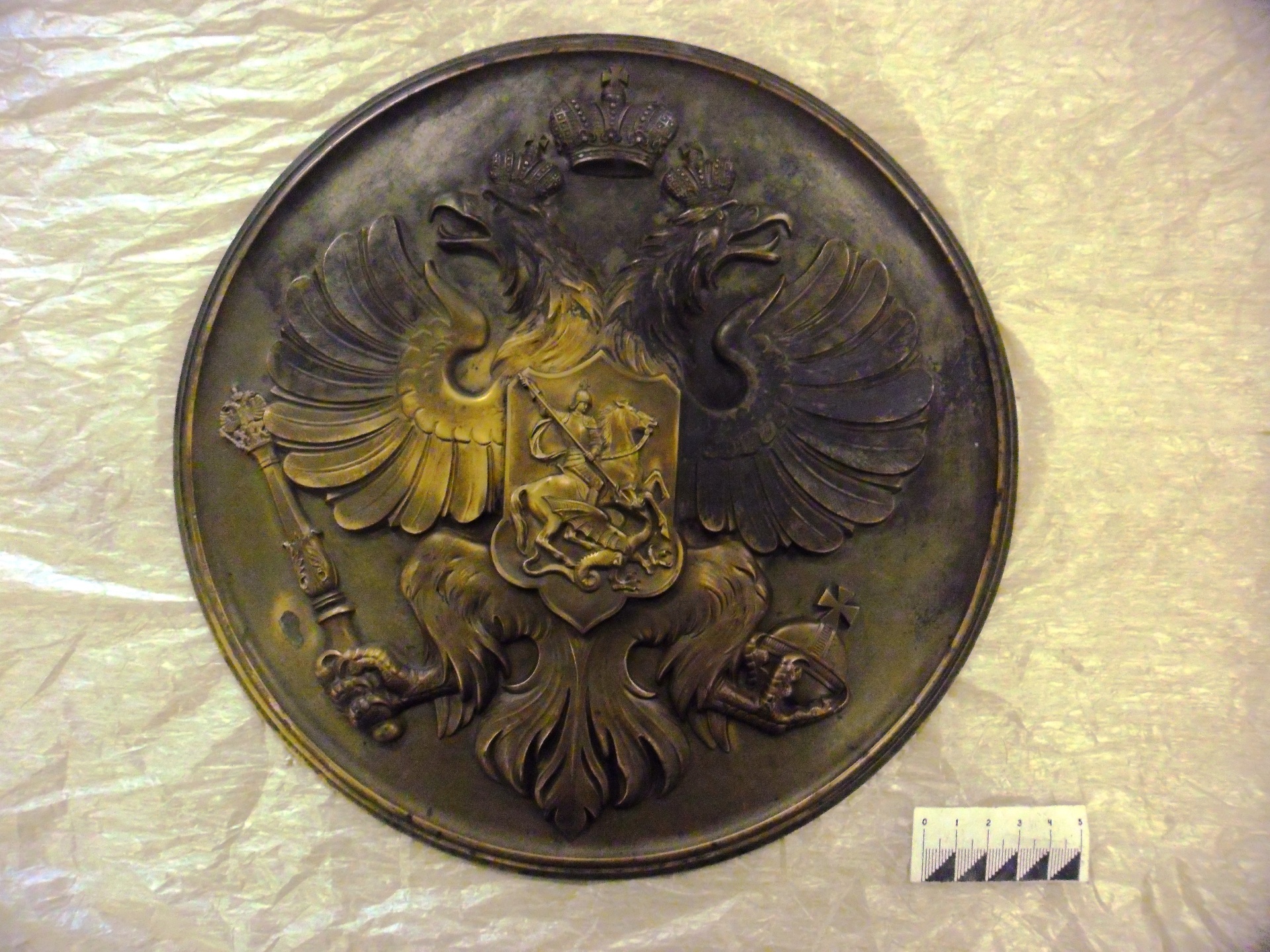
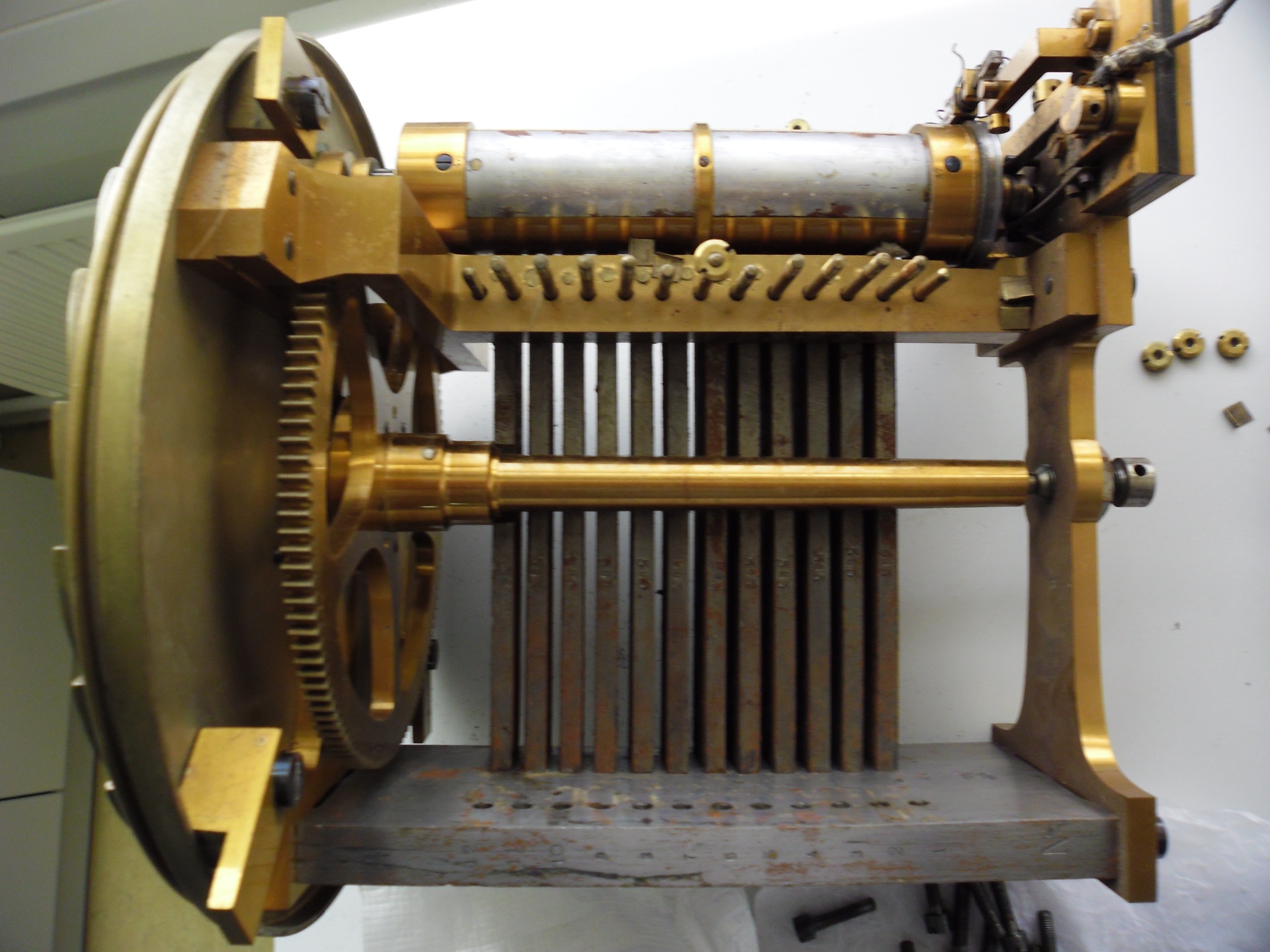
During restoration, the soiling and the corrosion products were removed, while preserving as far as possible the existing historical patina on the bronze surface of the body of the device.
- 1 / 4
- 2 / 4
- 3 / 4
- 4 / 4
The restoration of the telegraph apparatus was carried out in the Hermitage’s Laboratory for the Scientific Restoration and Conservation of Works of Applied Art. The head of the laboratory is Alexei Bantikov. The work was performed by Andrei Chulin, an artist-restorer of the 1st category. The curator is Ivan Garmanov, senior researcher in the State Hermitage’s Department of the History of Russian Culture.
The project was realized with the support of the Individual Members of the Hermitage Friends’ Club.
